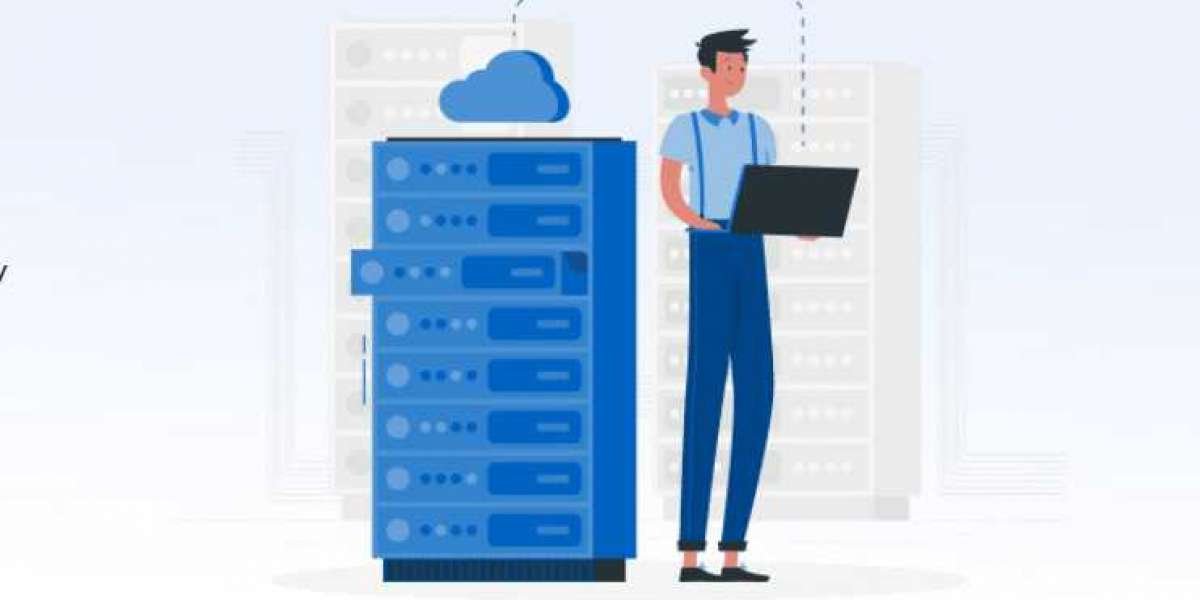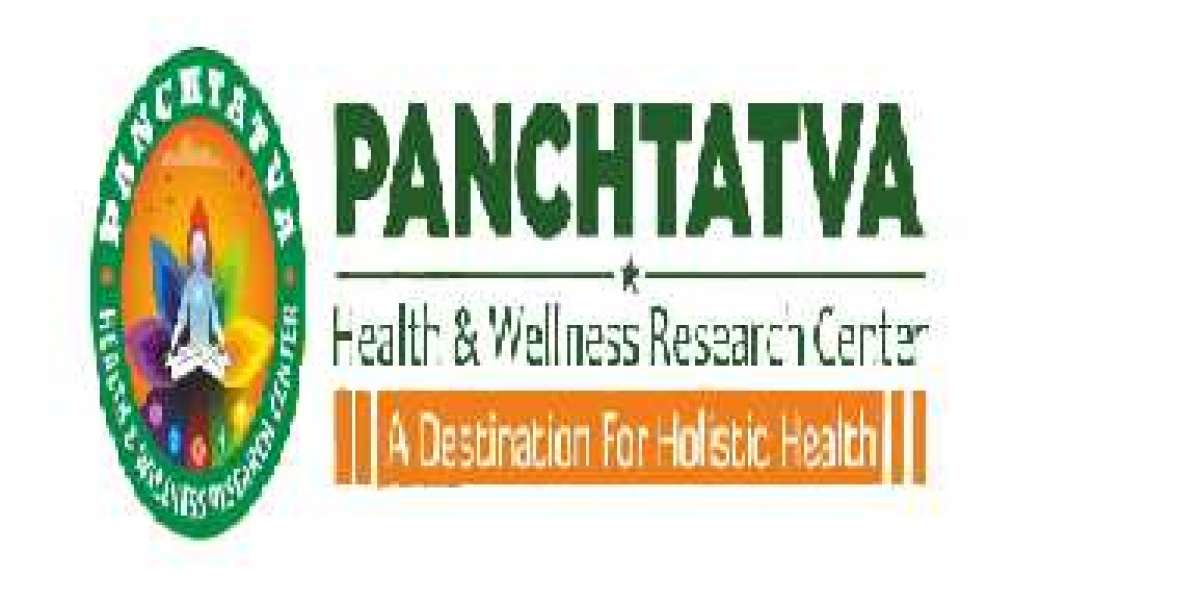In today's fast-paced digital world, Software as a Service (SaaS) has emerged as one of the most disruptive and innovative business models. With the increasing demand for cloud-based solutions, SaaS app development has become a critical focus for businesses seeking to offer scalable, flexible, and cost-effective software solutions. This article will delve into the intricate details of SaaS app development, covering everything from the basics to advanced strategies, ensuring you have a thorough understanding of the process.
Introduction to SaaS
What is SaaS?
Software as a Service (SaaS) is a software distribution model in which applications are hosted by a service provider or a third party and made available to customers over the internet. Unlike traditional software, which requires installation on individual devices, SaaS applications are accessible via web browsers, eliminating the need for complex installations or infrastructure management.
The Evolution of SaaS
The SaaS model has evolved significantly since its inception. It began as a solution for small-scale businesses to access enterprise-level software at a fraction of the cost. Over time, it has grown into a multi-billion-dollar industry, with SaaS applications now catering to a wide range of industries, including finance, healthcare, education, and more.
Why SaaS?
Benefits of SaaS
Scalability: SaaS applications can easily scale to meet the growing needs of a business. Whether you're a small startup or a large enterprise, SaaS can adapt to your requirements without significant infrastructure changes.
Cost-Effective: SaaS eliminates the need for expensive hardware, software licenses, and maintenance. The pay-as-you-go model allows businesses to pay only for what they use, making it a cost-effective solution.
Accessibility: With SaaS, applications are accessible from anywhere with an internet connection. This flexibility is particularly valuable in the era of remote work, where employees can access critical software from any location.
Automatic Updates: SaaS providers handle all software updates and maintenance, ensuring that users always have access to the latest features and security patches without any downtime or manual intervention.
Enhanced Collaboration: SaaS applications are designed for collaboration, allowing multiple users to work on the same document or project in real-time. This feature is essential for teams spread across different locations.
Challenges of SaaS
While SaaS offers numerous benefits, it also comes with its challenges:
Security Concerns: As SaaS applications are hosted on the cloud, they are susceptible to data breaches and cyber-attacks. Ensuring robust security measures is crucial to protect sensitive information.
Reliance on Internet Connectivity: SaaS applications require a stable internet connection. Any disruption in connectivity can lead to downtime, affecting business operations.
Limited Customization: SaaS applications are often designed for general use, which can limit the level of customization available to users. Businesses with unique requirements may find this challenging.
Data Ownership and Compliance: Depending on the provider, there may be concerns about data ownership and compliance with regulations like GDPR. It's essential to choose a SaaS provider that adheres to industry standards and legal requirements.
The SaaS Development Process
Developing a SaaS application involves several stages, each requiring careful planning and execution. Let's explore the SaaS development process in detail.
1. Ideation and Market Research
The first step in SaaS app development is ideation, where you define the purpose and objectives of your application. This phase involves brainstorming ideas, identifying target audiences, and understanding the problems your SaaS app will solve.
Market research is equally crucial. Analyze the competition, identify market gaps, and assess the demand for your proposed solution. Tools like SWOT analysis (Strengths, Weaknesses, Opportunities, Threats) can help you evaluate the feasibility of your idea.
2. Defining the MVP (Minimum Viable Product)
Once you have a clear idea of your SaaS application's purpose, the next step is to define the Minimum Viable Product (MVP). The MVP is a version of your app with the most basic features necessary to solve the core problem. It allows you to test your concept with real users, gather feedback, and make improvements before investing in full-scale development.
When defining your MVP, focus on the following aspects:
- Core Features: Identify the essential features that address the primary needs of your target audience.
- User Experience (UX): Ensure that the user interface is intuitive and easy to navigate, even in its simplest form.
- Scalability: Design your MVP with scalability in mind, allowing for future feature additions and improvements.
3. Choosing the Right Technology Stack
Selecting the right technology stack is critical to the success of your SaaS application. The technology stack includes the programming languages, frameworks, databases, and other tools used to develop your app. Factors to consider when choosing a technology stack include:
- Scalability: Choose technologies that can handle growth in user base and data without compromising performance.
- Security: Ensure that your chosen stack includes robust security features to protect user data.
- Compatibility: Your technology stack should be compatible with other tools and platforms your target audience may use.
- Developer Expertise: Consider the expertise of your development team when selecting technologies. Choose tools that your team is proficient in to avoid delays and ensure quality.
Common technology stacks for SaaS development include:
- Frontend: HTML, CSS, JavaScript, React, Angular, Vue.js
- Backend: Node.js, Ruby on Rails, Django, Laravel, Java, Python
- Database: MySQL, PostgreSQL, MongoDB, Redis
- Cloud Hosting: AWS, Google Cloud, Microsoft Azure
- APIs: RESTful, GraphQL
4. Designing the Architecture
The architecture of your SaaS application plays a crucial role in its performance, security, and scalability. There are two main types of SaaS architectures:
Single-Tenant Architecture: In this model, each customer has their own instance of the software, including a separate database. While this provides a high level of customization and security, it can be more expensive and complex to manage.
Multi-Tenant Architecture: In a multi-tenant architecture, multiple customers share a single instance of the software and database. This model is more cost-effective and easier to maintain but may have limitations in terms of customization and data isolation.
When designing your SaaS architecture, consider the following factors:
- Scalability: Your architecture should be able to handle an increasing number of users without performance degradation.
- Security: Implement strong security measures to protect user data and ensure compliance with regulations.
- Performance: Optimize your architecture for speed and efficiency to provide a seamless user experience.
- Redundancy and Reliability: Ensure that your architecture includes failover mechanisms to minimize downtime and data loss.
5. Development
With the architecture in place, you can begin the development phase. This stage involves writing code, developing features, and integrating third-party services. It's essential to follow best practices in software development, such as:
- Version Control: Use version control systems like Git to track changes and collaborate with team members.
- Automated Testing: Implement automated testing to identify and fix bugs early in the development process.
- Continuous Integration/Continuous Deployment (CI/CD): Set up CI/CD pipelines to automate the testing and deployment process, ensuring faster and more reliable releases.
Throughout the development phase, maintain open communication with stakeholders and regularly review progress to ensure alignment with project goals.
6. Security and Compliance
Security is a top priority in SaaS development. Given the sensitive nature of data stored in SaaS applications, it's essential to implement robust security measures, including:
- Data Encryption: Encrypt data both at rest and in transit to prevent unauthorized access.
- Authentication and Authorization: Implement strong authentication mechanisms, such as multi-factor authentication (MFA), and ensure that users have appropriate access levels.
- Regular Security Audits: Conduct regular security audits and vulnerability assessments to identify and address potential risks.
- Compliance with Regulations: Ensure that your SaaS application complies with industry standards and regulations, such as GDPR, HIPAA, and CCPA.
7. Testing
Testing is a critical phase in SaaS app development. It ensures that your application functions as expected and provides a seamless user experience. There are several types of testing to consider:
- Unit Testing: Tests individual components of your application to ensure they function correctly.
- Integration Testing: Tests the interaction between different components to ensure they work together as expected.
- Performance Testing: Assesses the application's performance under various conditions, such as high traffic or heavy data loads.
- Security Testing: Identifies vulnerabilities and ensures that security measures are effective.
- User Acceptance Testing (UAT): Involves real users testing the application to provide feedback on usability and functionality.
8. Deployment
Once testing is complete, the next step is to deploy your SaaS application. Deployment involves making your application available to users and ensuring it runs smoothly in a production environment. Key considerations during deployment include:
- Server Setup: Configure your servers to handle traffic and ensure redundancy.
- Database Management: Set up and optimize your databases for performance and reliability.
- Monitoring and Logging: Implement monitoring and logging tools to track application performance and identify issues in real time.
- Rollback Plan: Have a rollback plan in place to revert to a previous version of the application in case of critical issues.
9. Post-Launch Monitoring and Maintenance
After launching your SaaS application, continuous monitoring and maintenance are essential to ensure its success. This phase involves:
- Monitoring Performance: Use monitoring tools to track key performance indicators (KPIs) such as response time, uptime, and user engagement.
- Addressing Bugs and Issues: Regularly update your application to fix bugs, improve performance, and add new features.
- Scaling: As your user base grows, scale your infrastructure to handle increased demand without compromising performance.
- Customer Support: Provide excellent customer support to address user concerns and maintain high customer satisfaction.
SaaS Business Models
There are several business models for SaaS applications, each with its advantages and challenges. Understanding these models will help you choose the right one for your application.
1. Subscription-Based Model
In the subscription-based model, users pay a recurring fee (monthly or annually) to access the SaaS application. This model provides a steady revenue stream and allows for better customer retention. Subscription tiers can be created to cater to different user needs, such as basic, premium, and enterprise plans.
2. Freemium Model
The freemium model offers a basic version of the SaaS application for free, with the option to upgrade to a paid version with additional features. This model is effective for attracting a large user base and converting free users into paying customers.
3. Usage-Based Model
In the usage-based model, users are charged based on their usage of the application, such as the number of transactions, data storage, or API calls. This model is suitable for applications where usage varies significantly among users.
4. Per-User Model
The per-user model charges customers based on the number of users or seats accessing the application. This model is common in SaaS applications used by teams or organizations.
5. Flat-Rate Model
In the flat-rate model, users pay a fixed fee for unlimited access to the SaaS application. This model simplifies pricing and is suitable for applications with a wide range of features.
SaaS Marketing Strategies
Marketing plays a crucial role in the success of your SaaS application. Effective marketing strategies can help you attract and retain customers, build brand awareness, and generate revenue. Here are some key SaaS marketing strategies:
1. Content Marketing
Content marketing involves creating valuable and informative content to attract and engage your target audience. This can include blog posts, whitepapers, case studies, webinars, and videos. Content marketing helps establish your brand as an authority in your industry and drives organic traffic to your website.
2. Search Engine Optimization (SEO)
SEO is the process of optimizing your website and content to rank higher in search engine results. By targeting relevant keywords and improving your website's user experience, you can increase your visibility and attract more organic traffic.
3. Paid Advertising
Paid advertising involves using platforms like Google Ads, social media, and display networks to promote your SaaS application. Paid ads can be highly targeted, allowing you to reach specific demographics, industries, and user segments.
4. Social Media Marketing
Social media platforms like LinkedIn, Twitter, and Facebook provide opportunities to engage with your audience, share content, and promote your SaaS application. Social media marketing helps build brand awareness and fosters a community around your product.
5. Email Marketing
Email marketing is a powerful tool for nurturing leads and retaining customers. By sending targeted and personalized emails, you can keep your audience informed about new features, promotions, and updates, driving engagement and conversions.
6. Referral Programs
Referral programs incentivize existing users to refer new customers to your SaaS application. Offering rewards such as discounts, credits, or bonuses can encourage word-of-mouth marketing and drive customer acquisition.
7. Customer Success and Support
Providing exceptional customer support and success services can significantly impact customer retention and satisfaction. Offer onboarding assistance, regular check-ins, and a responsive support team to ensure users get the most out of your SaaS application.
Trends in SaaS Development
The SaaS industry is constantly evolving, and staying ahead of trends is essential for maintaining a competitive edge. Here are some key trends in SaaS development:
1. AI and Machine Learning Integration
Artificial Intelligence (AI) and Machine Learning (ML) are increasingly being integrated into SaaS applications to provide personalized experiences, automate tasks, and improve decision-making. AI-driven analytics, chatbots, and predictive algorithms are becoming standard features in many SaaS solutions.
2. Microservices Architecture
Microservices architecture is gaining popularity in SaaS development. This approach involves breaking down the application into smaller, independent services that can be developed, deployed, and scaled separately. Microservices architecture offers greater flexibility, scalability, and resilience compared to monolithic architectures.
3. API-First Development
API-first development focuses on building robust and well-documented APIs before developing the frontend or user interface. This approach allows for easier integration with other platforms and services, making the SaaS application more versatile and extensible.
4. Low-Code/No-Code Platforms
Low-code and no-code platforms enable users to create and customize SaaS applications with minimal coding knowledge. These platforms are democratizing software development, allowing non-technical users to build and deploy applications quickly.














